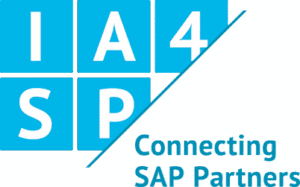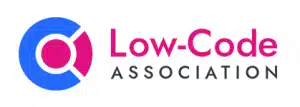Step 1 – create a VM in Azure
Choose security typ “standard”.
Click on “see all images” to enter Azure Marketplace.
Step 2 – configure your instance
Login into your Virtual Machine via user/ password or public key via SSH.
Navigate into the directory with all the needed files.
cd /var/lib/simplifier/bin/docker-compose
There you should find these files:
- .env.template
- .env
- security.toml.template
- security.toml
- simplifier-standalone.yml
- mysql folder
The template files are backup files.
Edit the Environment file
nano .env
It defines variables, with which you are able to customize your Simplifier installation.
It is mandatory that you adjust the first 3 entries to your needs:
# these 3 variables need to be changed
SIMPLIFIER_HOSTNAME=example.simplifier.cloud
DB_PASSWORD=MySecret123
DB_ROOT_PASSWORD=MySuperSecret
Change the value of SIMPLIFIER_HOSTNAME to the hostname of the server (without https://).
Set DB_PASSWORD and DB_ROOT_PASSWORD to two different values according to your internal password policies.
The other variables have default values, which give you a running Simplifier instance. You can change them if needed.
Now you can save and close the .env file.
Setting up TLS (commonly referred to as SSL)
The given docker compose file configures the traefik proxy to use HTTPS only. Without further changes, a self-signed default certificate will be used, which causes warnings in all major browsers. To avoid this, you need to provide your own certificates. You need the private key as well as the public key. Usually, they come in the form of a pair of .crt and .key files.
Edit the security.toml file.
nano security.toml
The first two sections handle the certificates and the certificates store:
[[tls.certificates]]
certFile = "/configuration/my.custom.hostname.crt"
keyFile = "/configuration/my.custom.hostname.key"
[tls.stores]
[tls.stores.default]
[tls.stores.default.defaultCertificate]
certFile = "/configuration/my.custom.hostname.crt"
keyFile = "/configuration/my.custom.hostname.key"
Replace “my.custom.hostname.crt” and “my.custom.hostname.key” with file names of your cert and key files.
IMPORTANT: keep the path /configuration/ unchanged. This is the path within the container, not on the host system. It is defined in the traefik service definition of the docker compose file in the section volumes.
Place all three files in /var/lib/simplifier/traefik.
cp myKeyFile.key myCertFile.crt /var/lib/simplifier/traefik
cp security.toml /var/lib/simplifier/traefik
Step 3 – Starting Simplifier
So far everything is prepared and Simplifier can be started.
Change back to the folder where you stored the simplifer-standalone.yml file. To start all services which are defined in the file run:
docker compose -f simplifier-standalone.yml up -d
Now, from your desktop computer, open a new browser tab and navigate to the server. You should see a simple website that asks you to insert a Simplifer license. Copy the whole content of the license file you received from the Simplifier Customer Success Team and paste it into the web form. Press Save. The browser now redirects you to the Simplifier login page. Log in with the default credentials admin/admin.














